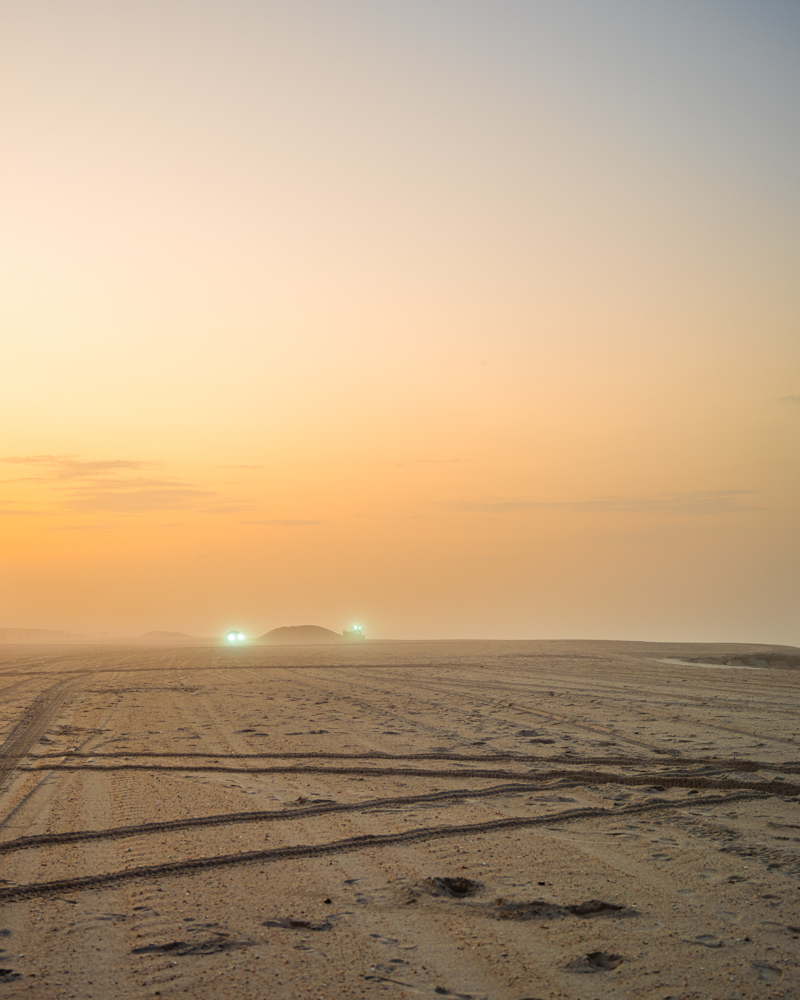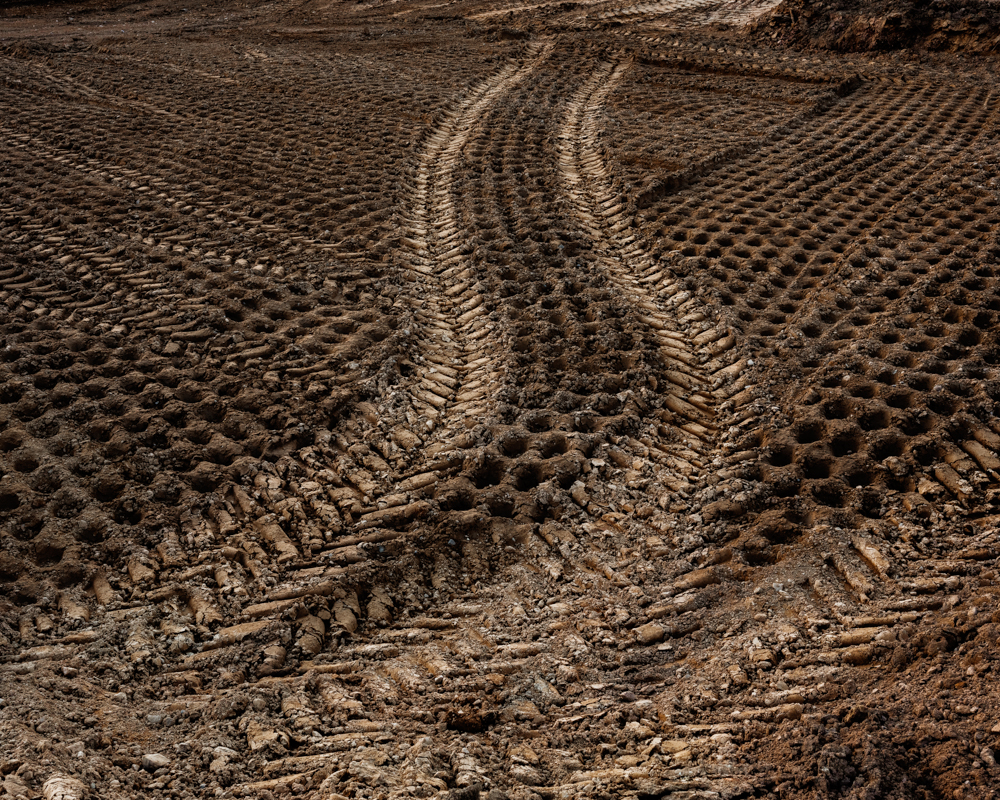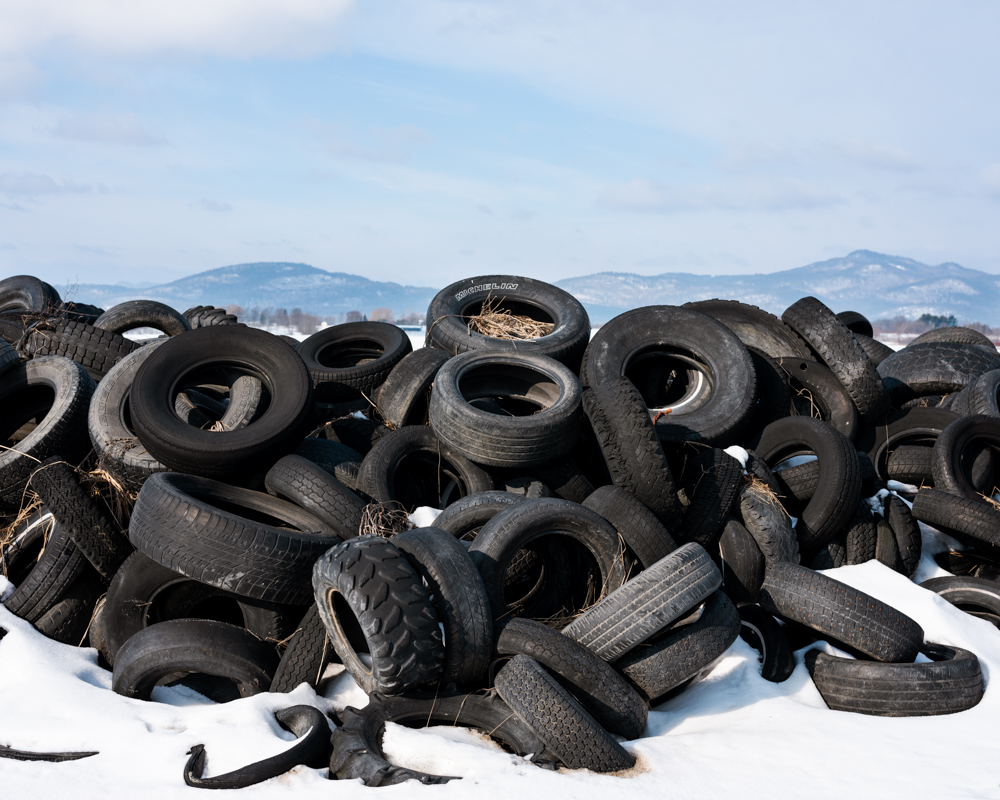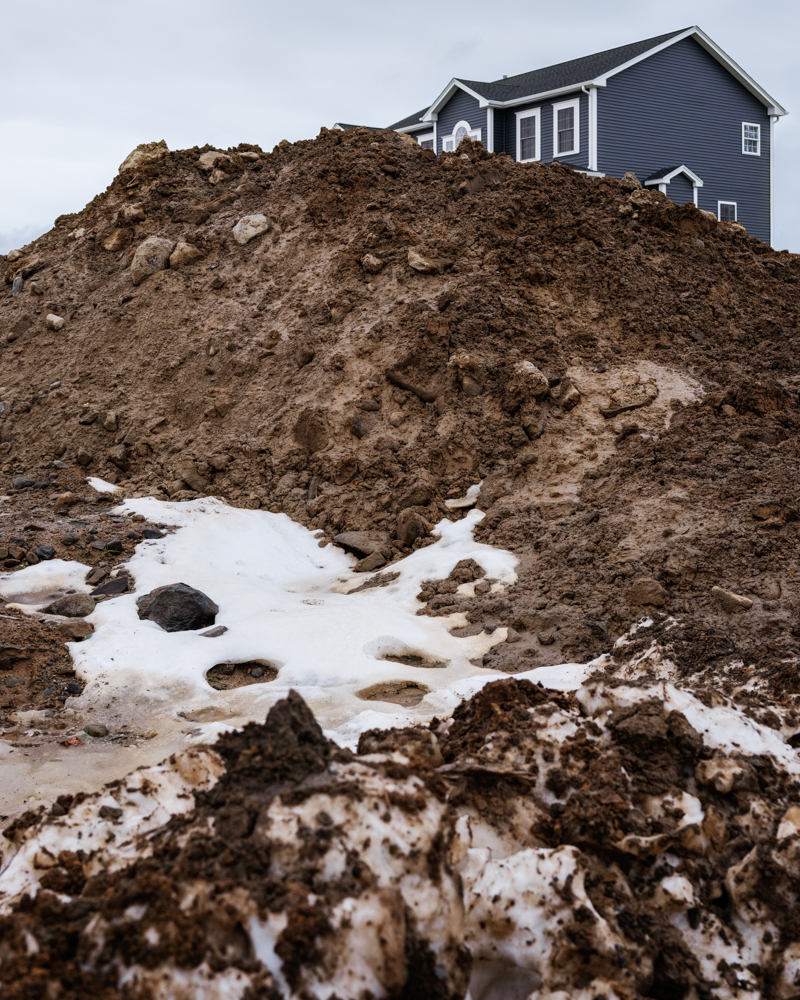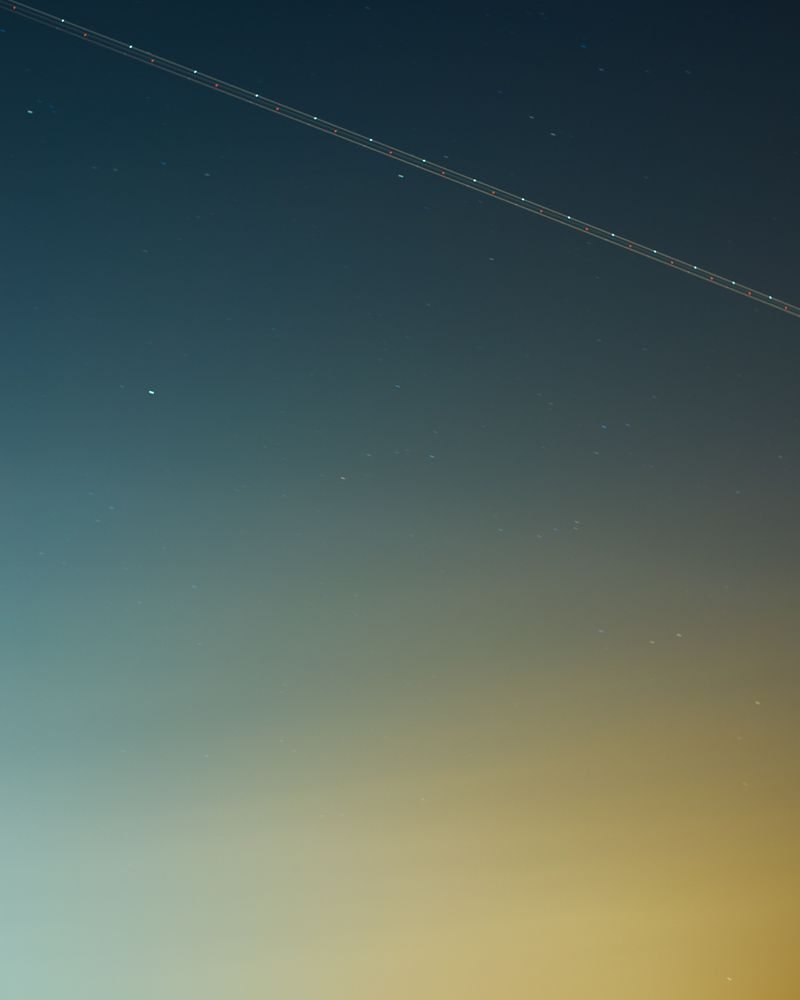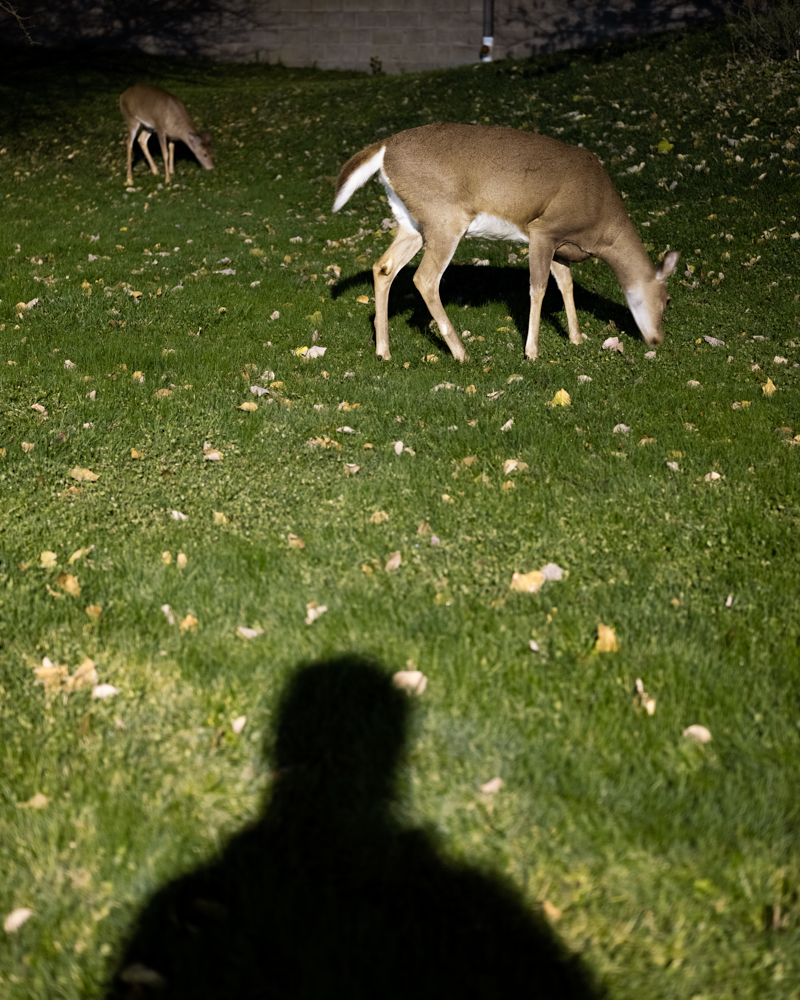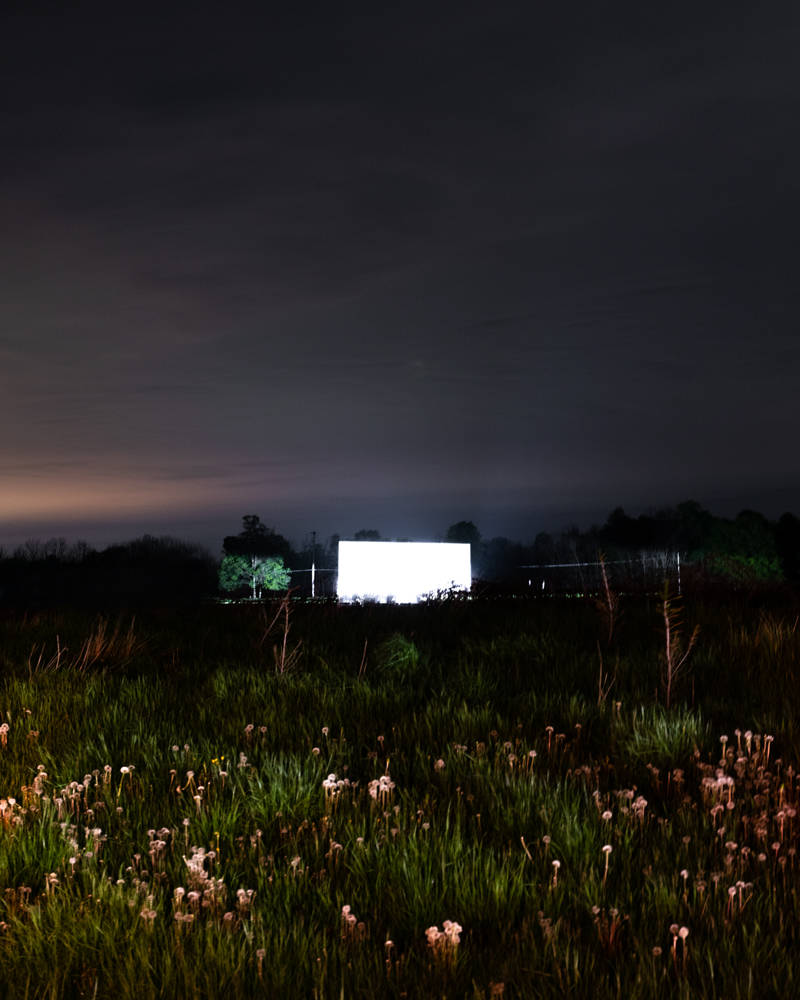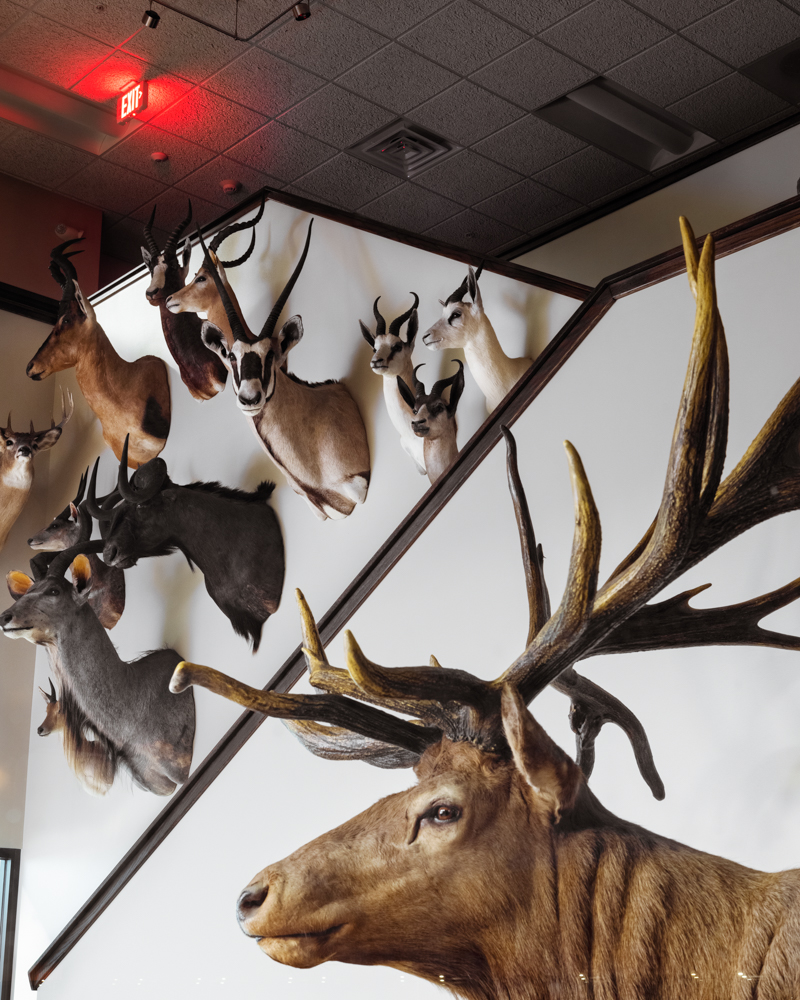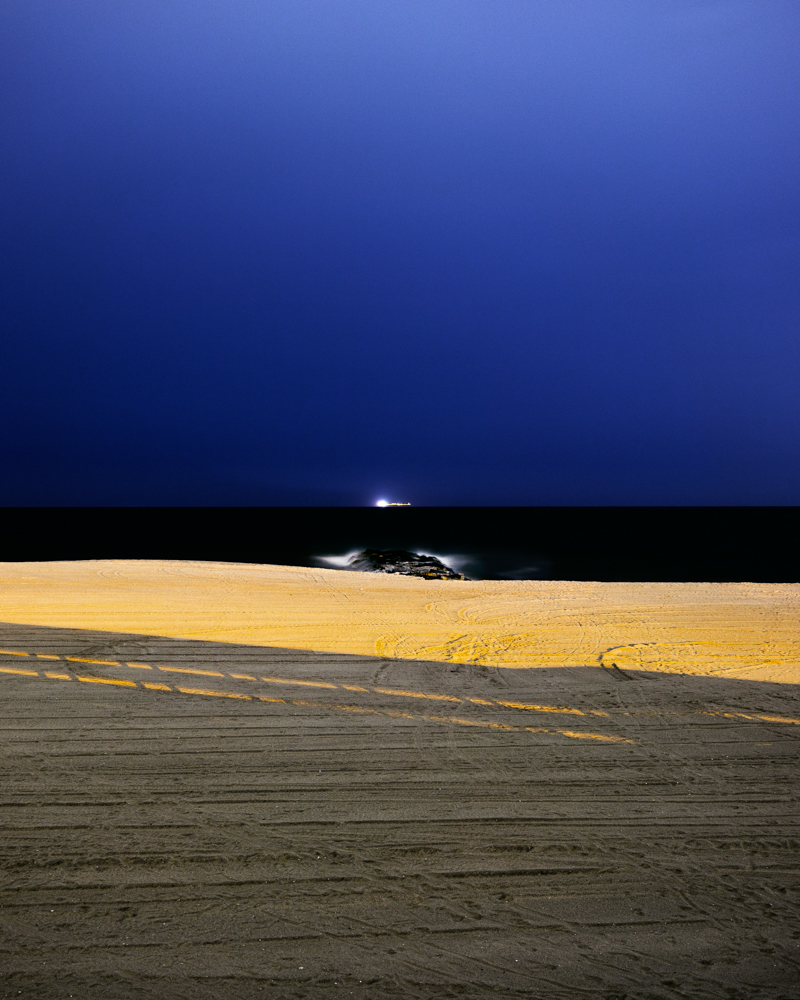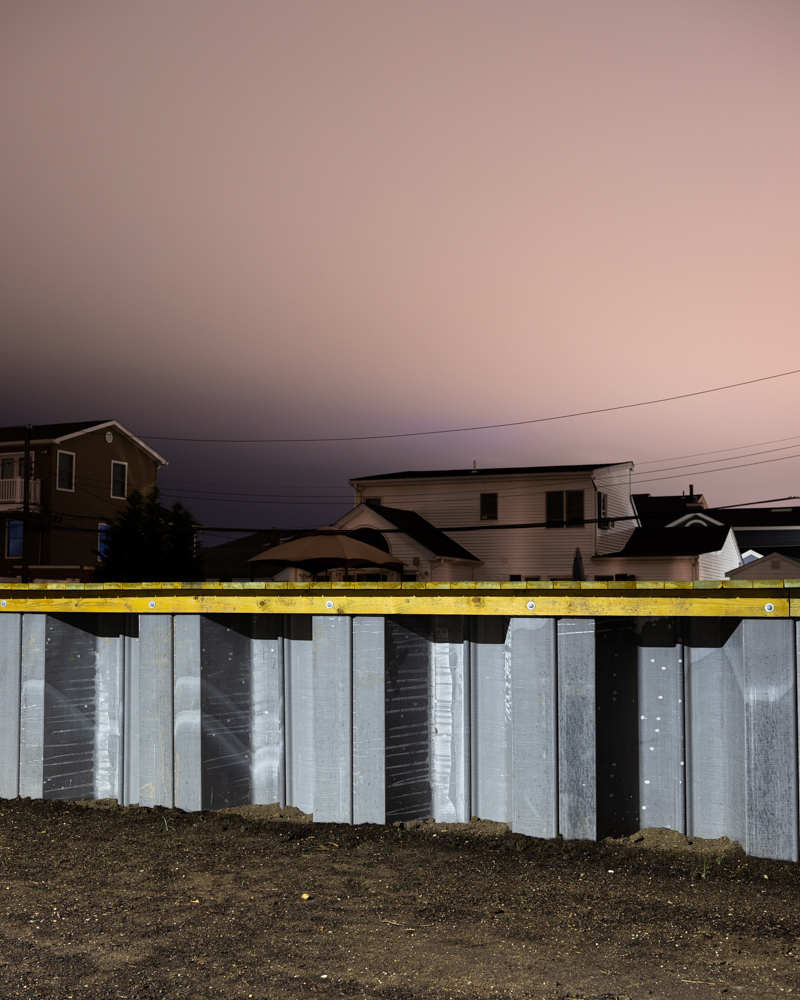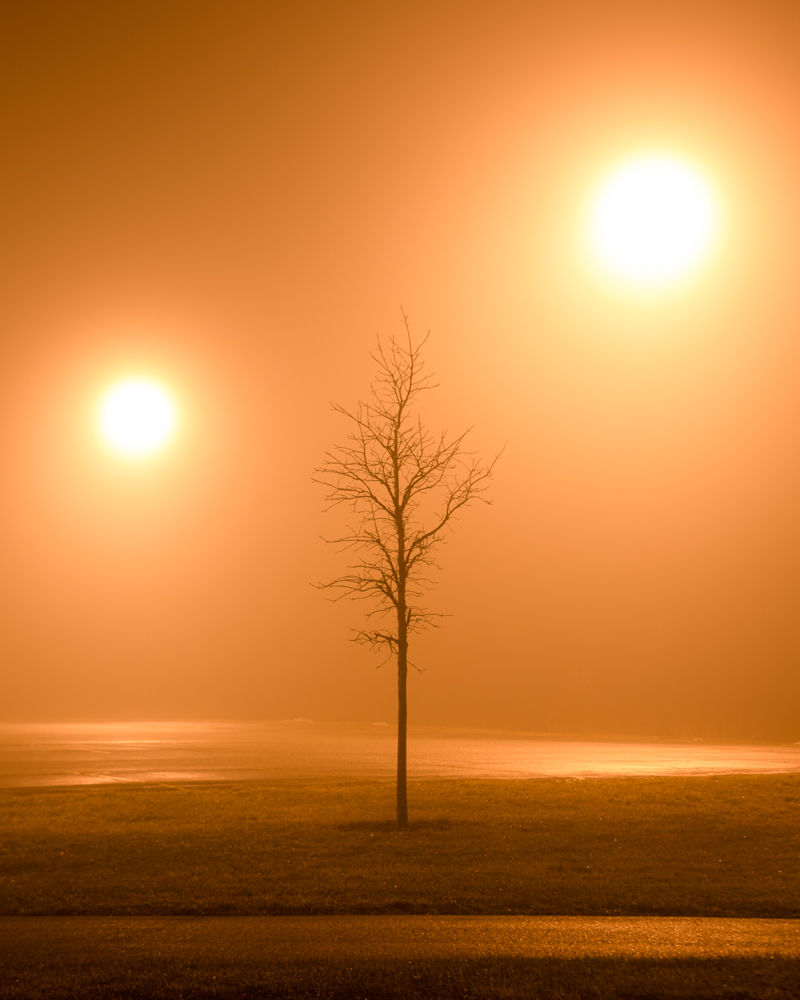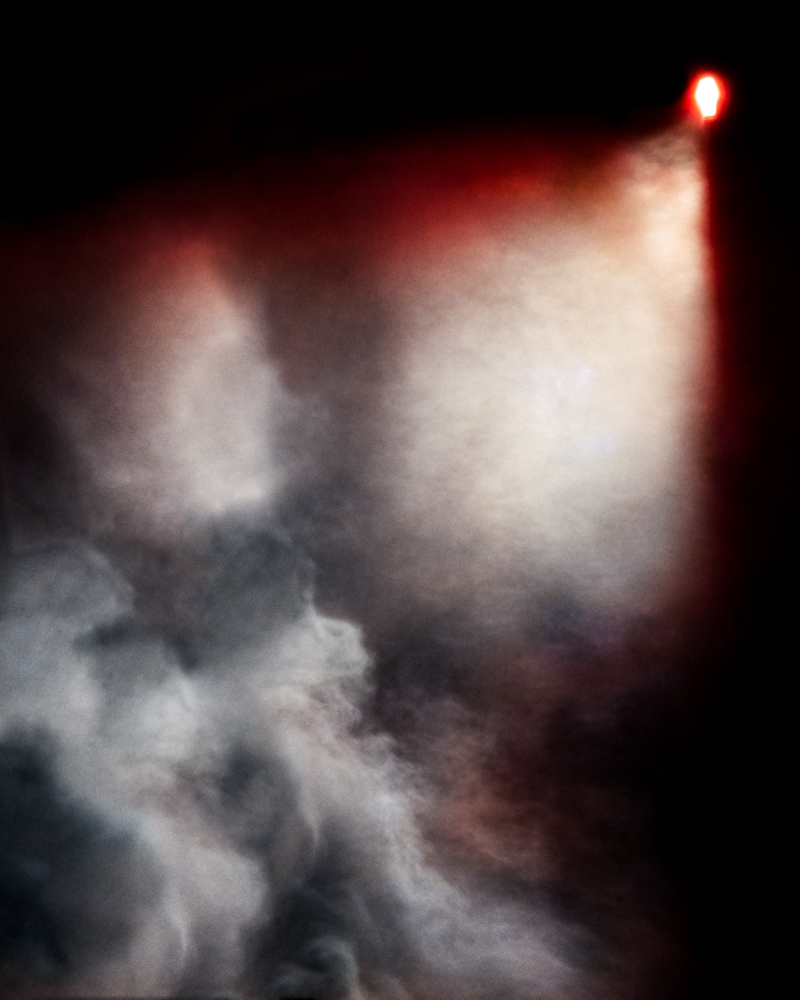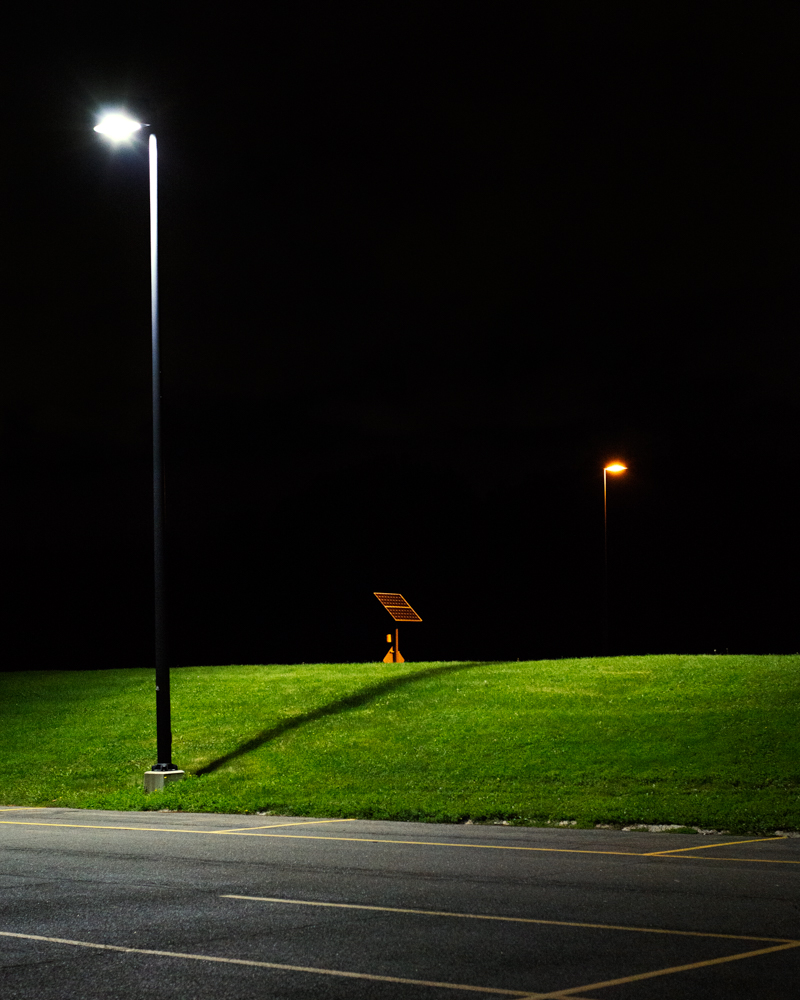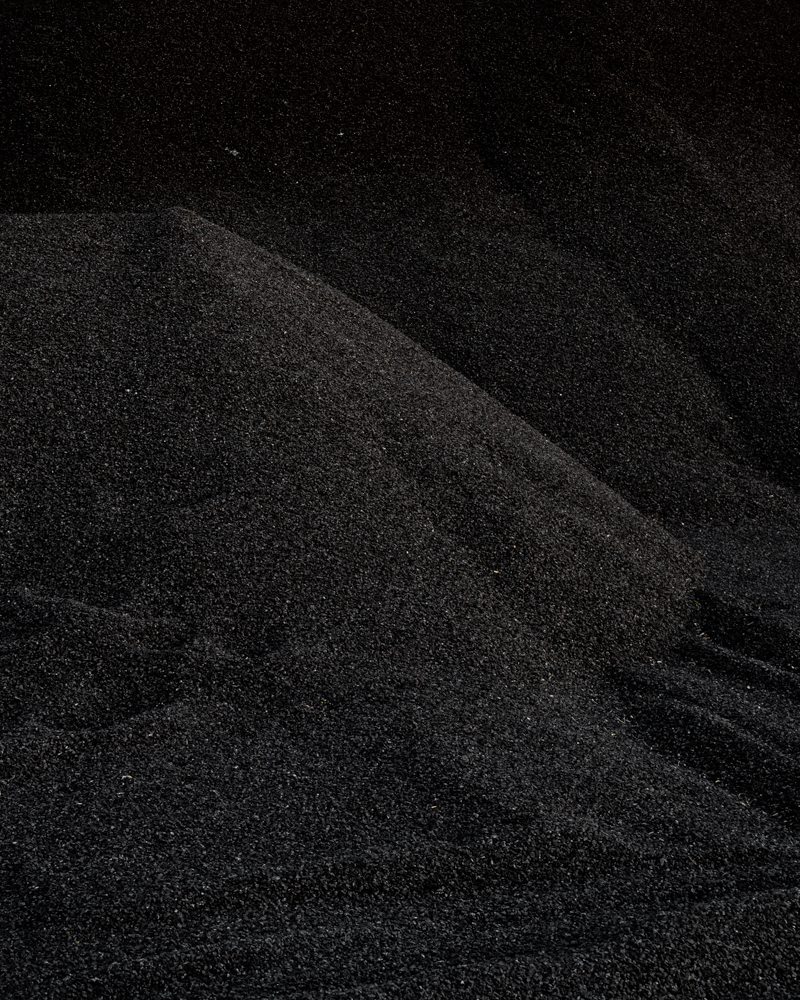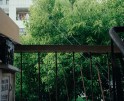Nathan Rochefort: Strange Future
For the next few days, we are looking at the work of artists who submitted projects during our most recent call-for-entries. Today, Nathan Rochefort and I discuss Strange Future.
Nathan Rochefort is an emerging artist currently living in Burlington, Vermont. He received a post-bacc from Massachusetts College of Art and Design. In 2021 he completed an MFA in photography at Rochester Institute of Technology. Rochefort’s photography examines human intrusion and influence on the natural world during our time of environmental uncertainty. At its heart, his work questions what the future may hold for both humans and the Earth.
Strange Future
The Earth is currently facing one of its most challenging existential threats — climate change. Every year global temperatures rise and the frequency and severity of natural disasters increase. The Earth is in a transition—from a relatively stable environment to one of instability, a transition driven by human action.
In 2019 I began photographing the landscape of the Northeast United States looking for symbols of change. I have explored areas impacted by natural disasters, land displaced by development projects, and spaces where the influence of the human hand is undeniable. Overwhelming and intrusive artificial light, mounds of earthen material destined to disappear or be redistributed, and flora and fauna controlled and cultivated by humans are featured prominently within the images. These photographs are meditations on an uncertain future and portend the coming changes. And in that sense, they are omens.
Daniel George: Tell us more about your photographic interests in the human/environment relationship. Where did this start, and what keeps you working with that topic in mind?
Nathan Rochefort: My interest in the environment started before I even picked up a camera. I remember being in grade school, sitting in the classroom, and making posters for Earth Day. During that time a large part of the environmental conversation centered around the hole in the ozone layer. This was when I began to internalize a few beliefs about humans and the natural world: Humans can and do have a significant impact on the planet, human action can lead to significant changes to the environment, and the Earth is smaller and more delicate than we may like to believe.
It wasn’t until many years later when I first started photographing, that I began to visually investigate how humans construct and interact with the world outside of themselves. Looking at the human-built/altered world has remained a consistent throughline in my practice. But it was years of record-breaking temperatures and the increasing severity of storm systems that led to me experiencing a low, but persistent, sense of eco-anxiety and moved me towards examining the human influence on the natural world.
I think that often when discussing climate change it is often framed as saving the planet, but it is equally, if not more so, about saving ourselves. The planet has experienced and survived much greater catastrophes than human-caused climate change. Climate change is not an existential threat to the planet, it is a threat to us.
DG: Could you talk about your choice of subject matter? What is it about these things/places that “portend the coming changes?”
NR: I’ve tried to approach the idea of change in two ways throughout the project. The first is through the types of places I’ve chosen to photograph.
A beachside city that has had to fortify its shoreline in response to significant damage from a natural disaster. Done by dredging sand from the ocean to bolster dunes, reinforcing jetties to mitigate erosion, and erecting a bulkhead along canals that run parallel to homes. Or documenting land that has been cleared of all vegetation and leveled to make it suitable for construction, destined to be the site of a large office complex or a single occupancy home. The places in these images are places in transition.
The second is utilizing darkness and isolation as subjects within many of the images. While transition plays an important role within this work, so does uncertainty. We know that the environment is changing, but it is unclear how and when that change will manifest. What we do know is that there will be some degree of alienation from our home environments, and on some level, it will become strange to us. My hope with this work was to create speculative photographs that would speak to the potential distance and strangeness we may experience from our environments as a result of climate change.
DG: With this work, you are considering a global issue within a relatively small region of the United States. Would you explain your decision to focus on the Northeast in your depiction of the worldwide threat of climate change?
NR: I grew up in Massachusetts and have lived most of my life in the Northeast United States. Of all places, I am most familiar with its ecosystems, topography, and climate. When deciding to make a project that discusses climate change it made sense to use the landscape and elements of the place I knew the most intimately. Many communities in the Northeast are likely to experience less severe consequences from climate change. But within this project, one of the ideas that I wanted to explore was that no place is immune to climate change. Every place will be impacted and changed by its effects, it’s just a matter of severity.
DG: Your consideration and use of light, particularly of those artificial sources, add to the ominous mood of the series. In certain photos, it is almost as if everything natural has been snuffed out—or replaced. I am interested in hearing your thoughts on these “intrusive” lights, as you describe them.
NR: Before I started this project I was experimenting, attempting to make images of stars in the night sky. I traveled to the countryside to give myself better odds of succeeding. When I was reviewing the images later I realized that I wasn’t able to capture one clear image of the night sky and all of the images had this strong yellow glow emanating from the bottom of the frame. That glow was the light pollution from the city, miles away. One of the images I made that night became the first image for this project.
During the day the world can seem kind of normal and expected, we’re used to experiencing the world in daylight. At night a shift occurs and light begins to take on an almost physical, menacing presence. In the darkness, this intangible thing seems to gain mass. I started to consider light, not just as a compositional element within the images, but as a presence, one that was as physical as the trees and land. Its presence extends into the world touching everything. Light, specifically light within darkness, has become an important element in my work, and while it can act as a beacon of hope when we are in the dark, it can also represent human intrusion into all areas of the world.
DG: Throughout its history, the photographic medium has been used to highlight our fraught connection to and impact on the natural world. Why do you feel it lends itself to underscoring these sorts of existential threats, such as climate change (perhaps in relation to your creative practice)?
NR: Photography has a magical ability to take something abstract and put it in the context of the world. Through the use of atmosphere, gesture, form, subject, sequence, editing, etc. it is possible to take something real, but difficult to see, and grant it a level of validity through a photograph. I am by no means saying that photographs are facts, or even true, but there is something about manifesting a thing in a physical form like a photograph (or giving it a photorealistic representation) that seems to lend it some credence. When attempting to address an issue as large as climate change, where you can’t take a direct picture of it, you can take a picture of the causes, you can photograph the symptoms, you can point toward an imbalance, and it is possible to build an argument through images, to make a statement, and try to convince others that this thing is worthy of attention and/or action. There is a significant power in taking something intangible and moving towards placing it in the physical world through images.
Posts on Lenscratch may not be reproduced without the permission of the Lenscratch staff and the photographer.
Recommended
-
Earth Month Photographers on Photographers: Josh Hobson in Conversation with Kes EfstathiouApril 19th, 2024
-
Earth Month Photographers on Photographers: Leonor Jurado in Conversation with Jessica HaysApril 18th, 2024
-
Ruotong Guan: Falling. Slowly. but,April 13th, 2024
-
Seth Adam Cook: As Big As The SkyApril 12th, 2024
-
Michael Borowski: AzurestApril 11th, 2024


